Introduction: A Brief History of Silk Flowers
In ancient times, the art of making silk flowers blossomed in China’s Guangdong province, a region renowned for its silk production and silkworm rearing.
The Chinese began crafting exquisite silk flowers, which soon became a symbol of luxury and artistry.

As the trend spread along the silk road, these beautiful silk flowers became sought-after commodities, with Italian merchants and English settlers alike marveling at their beauty and craftsmanship.
The Art and Craft of Silk Flower Making
Silk flower making is a labour-intensive process that requires a keen artistic eye.
The process begins with silkworm cocoons, which are transformed into delicate silk petals. These petals are then meticulously arranged to create realistic silk blossoms.
The art of silk flower making has evolved over the centuries, with materials like velvet, satin, and crepe being introduced to enhance the texture and appearance of the flowers.
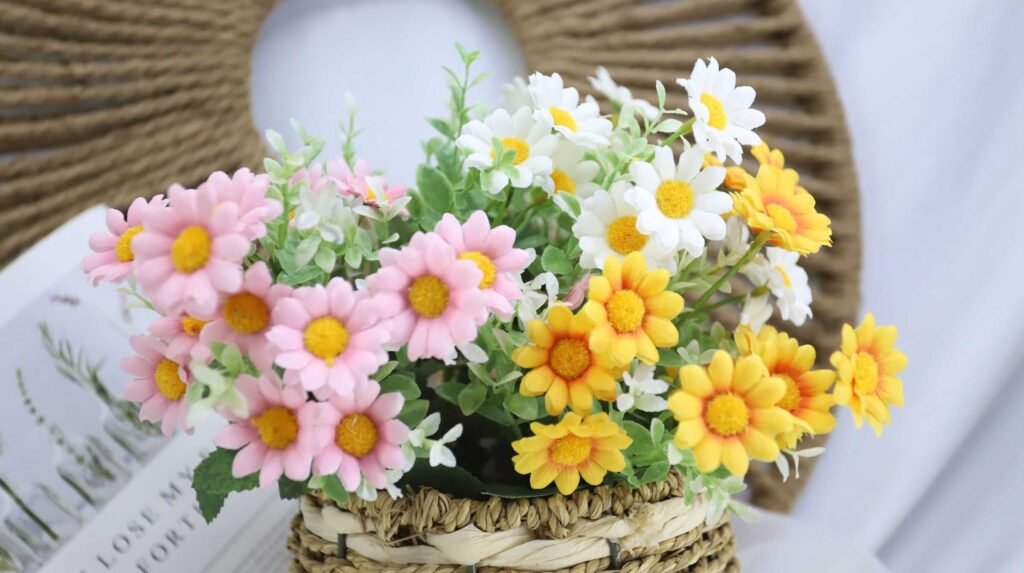
In the Ming and Qing dynasties, the imperial palace showcased lavish floral arrangements made of silk, which were often mistaken for real flowers.
These arrangements were a testament to the skill of the flower makers, who used materials like wire stems, cotton balls, and other metals to give structure and form to the flowers.
The Evolution from Real to Artificial
While real flowers have their charm, they are often in short supply and can wilt quickly. This is where artificial flowers, especially silk flowers, found their niche. The beauty of silk flowers lies in their permanence.
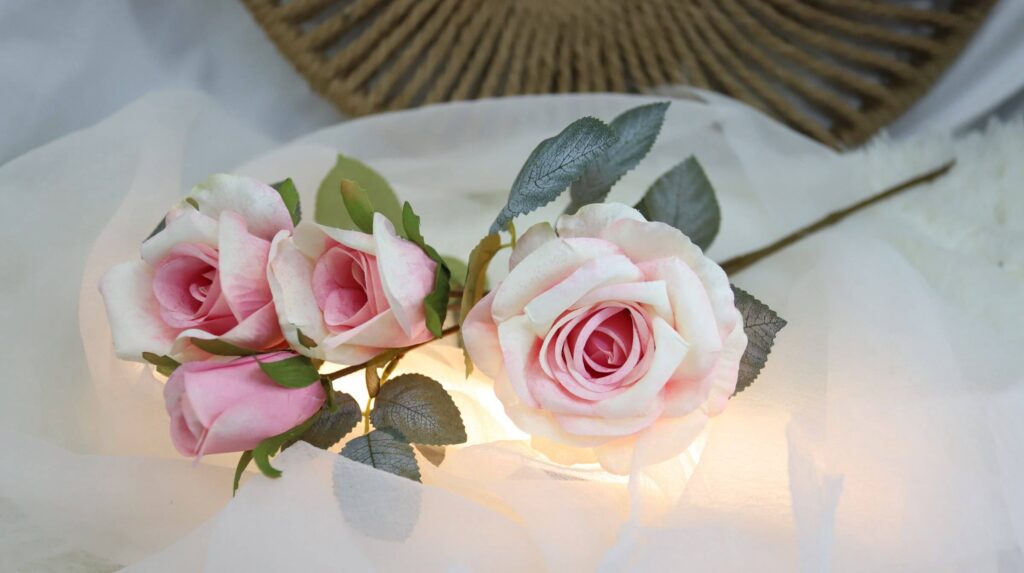
They are environmentally friendly, and their beauty doesn’t fade with time. The Victorian era saw a surge in the popularity of faux flowers, with French-made faux flowers becoming a symbol of luxury and opulence.
The Artistic Rendition of Flowers in China
The Chinese have a rich history of using flowers in art and craft. From paintings to sculptures, flowers have always held a special place in Chinese culture.

The rendition of flowers, whether real or artificial, showcases the deep-rooted love and appreciation the Chinese have for nature’s beauty.
The Modern Era: The Rise of Permanent Botanicals
Today, the term “permanent botanical” is often used to describe artificial plants and flowers.
With advancements in technology and materials, artificial plants and flowers are made to look more realistic than ever.

From silk flower arrangements to floral bouquets made of various materials like paper, satin, and feathers, the options are endless.
The Cultural Significance of Silk Flowers
Throughout history, flowers have held a special place in Chinese culture. From ancient times to the present day, flowers have been deeply intertwined with various aspects of Chinese life.
In ancient times, flowers were made of different materials, from velvet to satin, and even feathers and hair. The art of flower making was a revered craft, passed down through generations, with each flower maker adding their unique touch.

The Qing dynasty, in particular, saw a surge in the popularity of silk flowers. The imperial palace was adorned with lavish floral arrangements, showcasing the unparalleled skill of Chinese craftsmen.
These arrangements were not just for aesthetic purposes; they held deep symbolic meanings. Each flower, from the petals to the stems, was crafted with precision, reflecting the meticulous nature of Chinese artistry.
The Silk Road and the Spread of Silk Flowers
The famed Silk Road played a pivotal role in the spread of silk flowers. As Chinese merchants traveled along these ancient trade routes, they introduced the beauty of silk flowers to the world.
Italian merchants, English settlers, and traders from various regions were captivated by these exquisite creations.

The flowers were made of silk, but they also incorporated other materials like crepe, paper, and even materials like cotton balls and wire stems to give them structure.
The Victorian era, with its love for opulence and luxury, embraced the beauty of silk flowers.
French-made faux flowers became a symbol of elegance, and the art of flower making reached new heights. The trend spread across Europe, with each region adding its unique touch to the craft.
Modern Applications and Innovations
Today, the world of silk flowers is not limited to traditional designs. With advancements in technology, flower makers have a plethora of materials at their disposal.
From environmentally friendly options to innovative designs that incorporate materials like other metals, the possibilities are endless.

Artificial plants, often referred to as “permanent botanicals,” have also gained popularity. These plants, made with the same precision and attention to detail as silk flowers, offer a sustainable and long-lasting alternative to real plants. From homes to corporate spaces, artificial plants are making their mark.
In the realm of art, silk flowers have inspired countless artists. The artistic rendition of flowers, whether in paintings, sculptures, or installations, showcases the timeless appeal of these creations.
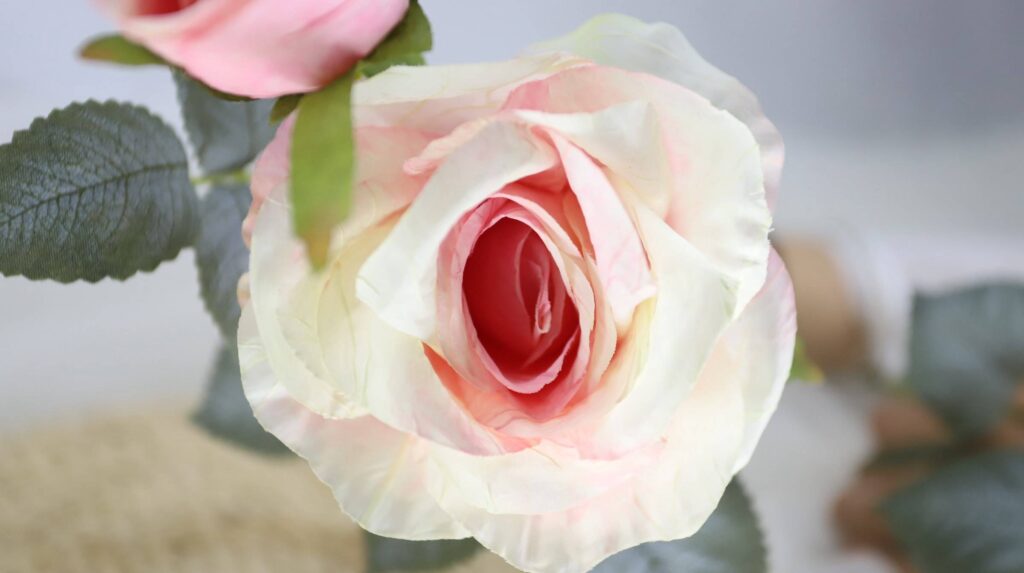
Craft, as an expression of creativity, has seen a resurgence, with workshops and classes dedicated to the art of making silk flowers.
The Future of Silk Flowers
As we look to the future, the potential for silk flowers is boundless. With a focus on sustainability and eco-friendly materials, the industry is set to undergo a transformation.

Innovations in design, combined with the rich history of silk flowers, ensure that they will remain a cherished commodity for generations to come.
A Blossoming Legacy
From the bustling markets of ancient China to the modern design studios of today, the journey of silk flowers is a testament to their timeless appeal.
They are more than just decorative items; they are a reflection of a culture, a craft, and a passion.
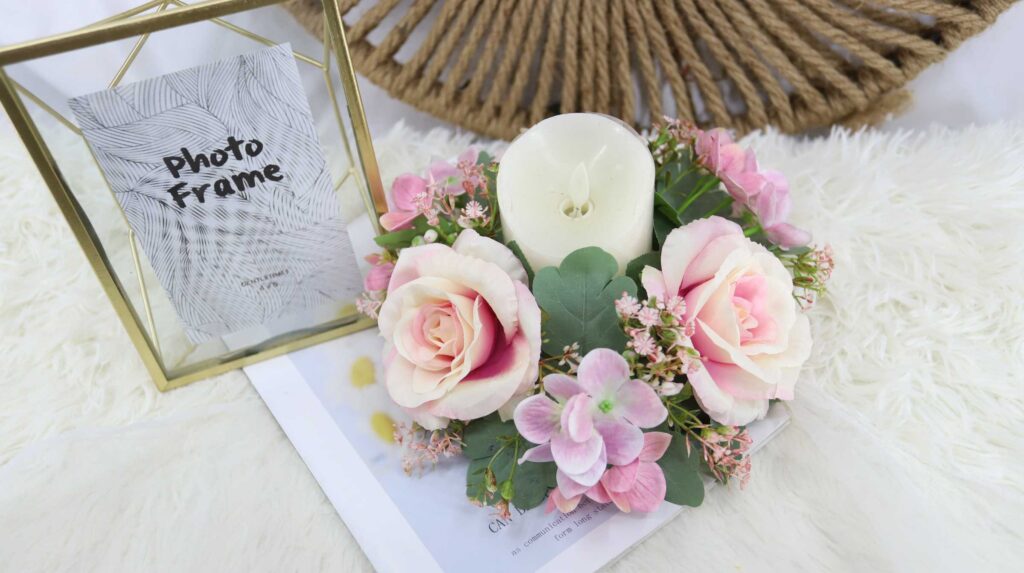
As we embrace the future, the legacy of artificial flowers continues to blossom, reminding us of the beauty and craftsmanship that has captivated hearts for centuries.
The Silk Flower’s Journey in China
In ancient times, the art of making silk flowers blossomed in China’s Guangdong province, a region renowned for its silk production and silkworm rearing.
The Chinese began crafting exquisite silk artificial flowers, which soon became a symbol of luxury and artistry.

As the trend spread along the silk road, these beautiful artificial flowers became sought-after commodities, with Italian merchants and English settlers alike marveling at their beauty and craftsmanship.
Craftsmanship Meets Innovation: Welcome to Our Artificial Flower Factory
Nestled in the heart of this rich tradition is our artificial flower factory, a testament to the enduring charm of artificial flower. For generations, our family business has been at the forefront of crafting the most exquisite and realistic silk blossoms.
We pride ourselves on blending ancient techniques with modern innovations, ensuring each creation is a masterpiece.

Our commitment to quality and authenticity has made us a trusted name among overseas buyers, and we continue to uphold the legacy of excellence that defines the world of artificial flowers.
Whether you’re seeking traditional designs or contemporary arrangements, our atelier promises unparalleled craftsmanship and beauty in every petal.
Discover More with Us
We invite you to explore the intricate world of faux flowers on our website, where each creation tells a story of tradition, artistry, and innovation.
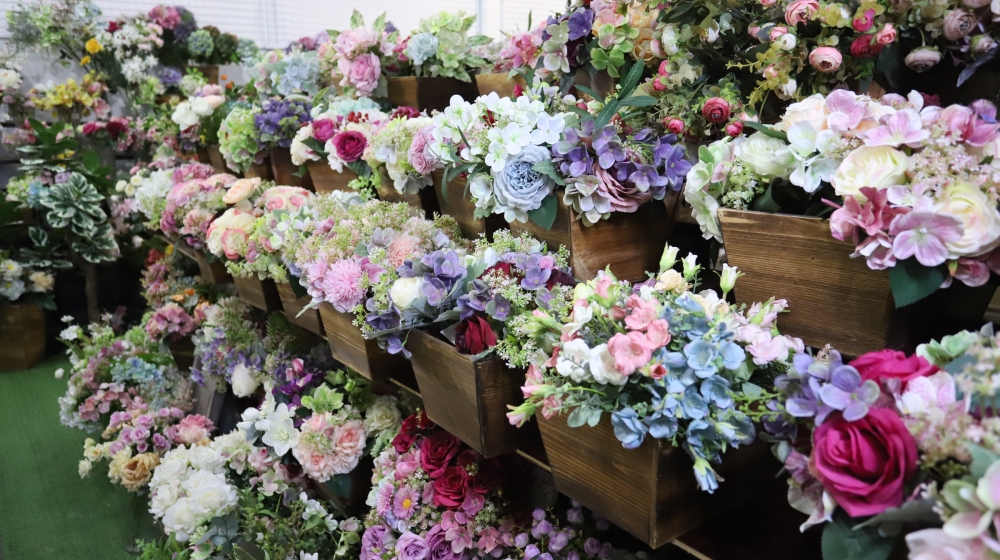
Dive deep into our curated collections, witness the craftsmanship in every detail, and let the beauty of our creations inspire you.
For bespoke requests, collaborations, or any inquiries, please don’t hesitate to contact us. Our dedicated team is always eager to assist and bring your floral visions to life.

